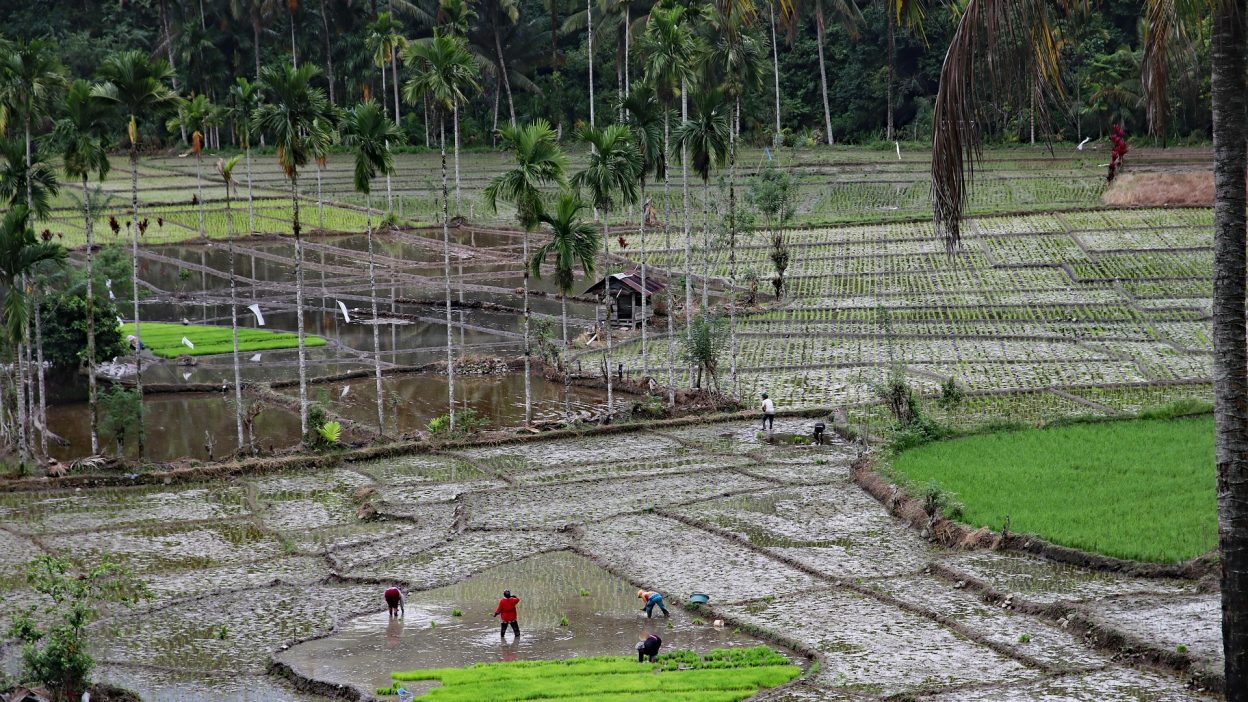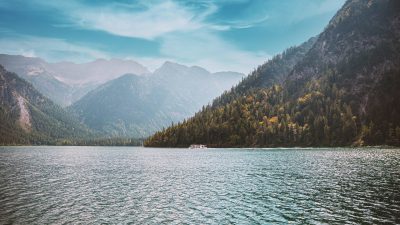When Indonesia Trembled In Terror
1. The Day the Ground Shook: A Disaster Unfolds
On 30th September 2009, Indonesia’s Sumatra island was struck by a powerful earthquake, leaving destruction in its wake. The magnitude 7.6 earthquake hit off the coast near Padang, West Sumatra, at a depth of 87 km (54 miles) beneath the Earth’s surface. Just a day later, another tremor of 6.6 magnitude struck Jambi province, worsening the already dire situation.
These earthquakes were part of a recurring cycle of seismic activity in the region, as Sumatra lies on the Pacific Ring of Fire, a zone known for intense volcanic and tectonic movements. Thousands of homes, schools, and public buildings collapsed, trapping people under rubble. The disaster became one of the most devastating earthquakes in Indonesia’s modern history.
2. Why Did This Happen? The Science Behind the Earthquake
Indonesia is one of the most earthquake-prone nations on Earth due to its location on the convergent boundary of the Indo-Australian and Eurasian tectonic plates. The 2009 Sumatra earthquakes were caused by the subduction of the Indo-Australian plate beneath the Eurasian plate, generating immense stress that was suddenly released in the form of these massive tremors.
The first earthquake was classified as a megathrust event, which occurs when one tectonic plate is forced beneath another. These are among the most powerful quakes and are known for their potential to generate tsunamis—although, in this case, no major tsunami occurred.
The second tremor that struck Jambi province on 1st October was an intraplate earthquake, meaning it occurred within a single tectonic plate rather than at a boundary. This intensified the disaster, damaging buildings already weakened by the first shock.
3. The Human Cost: Death Toll, Injuries, and Statistics
- Casualties:
- Official reports confirmed 1,117 deaths, but estimates suggest the true figure might be higher due to unreported cases.
- Over 1,214 people were seriously injured, requiring urgent medical assistance.
- Around 250,000 individuals were directly affected by the quake, including displaced families.
- Destruction:
- More than 135,000 houses were damaged, with over 100,000 completely destroyed.
- Government buildings, schools, hospitals, and bridges collapsed, bringing the region to a standstill.
- Entire villages were reduced to rubble, and landslides cut off access to remote areas.
- Economic Impact:
- The financial damage was estimated at over $2.2 billion, making it one of Indonesia’s costliest disasters.
- The destruction of businesses, farms, and markets severely impacted the local economy.
4. Trapped Under the Ruins: Stories of Survival
In the aftermath of the earthquake, rescue teams raced against time to pull survivors from the wreckage. Many were trapped beneath collapsed buildings for days without food or water, clinging to life while waiting for help.
One of the most heart-wrenching stories was that of a 14-year-old schoolgirl, who was found alive after being trapped under concrete rubble for 48 hours. Her cries for help led rescuers to her location, but tragically, her parents did not survive.
In another case, an elderly man was pulled out from beneath a collapsed mosque, having survived for over three days with only rainwater to drink. These stories were a beacon of hope amid widespread devastation.
5. The Government’s Response: Too Little, Too Late?
The Indonesian government faced harsh criticism for its slow response to the disaster. In the immediate aftermath, there was chaos and confusion, with emergency teams struggling to coordinate relief efforts. Many survivors went without food, clean water, and medical aid for days.
International humanitarian organisations stepped in to assist, with the United Nations, Red Cross, and various NGOs providing relief materials. However, the lack of proper infrastructure and poor planning made aid distribution extremely difficult.
The government did eventually mobilise soldiers, police, and emergency workers, but for many victims, help came too late. Thousands of lives could have been saved had there been faster and more efficient disaster management.
6. Landslides and Fires: The Hidden Killers
The earthquakes not only caused buildings to collapse but also triggered landslides in mountainous regions. Entire villages were buried under tons of rock and mud, making rescue efforts almost impossible.
Fires also broke out across the city due to gas leaks and electrical short circuits, further increasing casualties. Hospitals that survived the quake were overwhelmed with injured patients, forcing doctors to perform surgeries without electricity or adequate medical supplies.
7. How the World Reacted: International Aid and Media Coverage
- Global Donations:
- Countries like Australia, Japan, and the United States sent financial aid and relief supplies.
- The World Bank provided emergency funds, but bureaucratic delays slowed their use.
- Media Coverage:
- The international media covered the destruction in Padang, showing shocking images of collapsed buildings and grieving families.
- However, some argued that global attention faded too quickly, leaving Indonesia to deal with the long-term consequences alone.
8. Could This Have Been Prevented? Lessons from the Disaster
Experts believe that better urban planning, stricter building codes, and improved earthquake preparedness could have reduced the scale of destruction. In Japan and California, for example, similar-sized earthquakes have occurred with far fewer casualties, thanks to earthquake-resistant structures and early warning systems.
Indonesia, despite being a high-risk earthquake zone, lacked the infrastructure to withstand such tremors. The failure to implement stricter regulations played a crucial role in the high number of deaths and injuries.
9. A Nation Rebuilds: Life After the Quake
In the years that followed, the Indonesian government took steps to rebuild schools, hospitals, and homes. However, thousands of survivors were left homeless for months, living in makeshift shelters with inadequate facilities.
Psychological trauma also lingered, especially among children who had lost their families. Counselling and mental health support were crucial in helping survivors rebuild their lives. However, recovery remained slow and painful for many.
10. Will Sumatra Face Another Earthquake? What the Future Holds
Geologists warn that Sumatra remains highly vulnerable to another major earthquake. Some experts predict that the region could experience an even stronger quake in the near future.
Despite warnings, many areas remain unprepared, with inadequate safety measures in place. Without serious investment in disaster preparedness, history may repeat itself—with even deadlier consequences.
FAQs
1. How strong was the 2009 Sumatra earthquake?
The first earthquake had a magnitude of 7.6, while the second had a magnitude of 6.6.
2. Did the earthquake trigger a tsunami?
No, despite its magnitude, the earthquake did not generate a significant tsunami.
3. How many people died in the Sumatra earthquake?
The official death toll was 1,117, but many believe the real number could be higher.
4. How long did it take to rebuild Padang?
Reconstruction took several years, with many survivors struggling for adequate housing and resources.5. Could a similar disaster happen again?
Yes, experts warn that Sumatra remains vulnerable to another major earthquake in the future.




